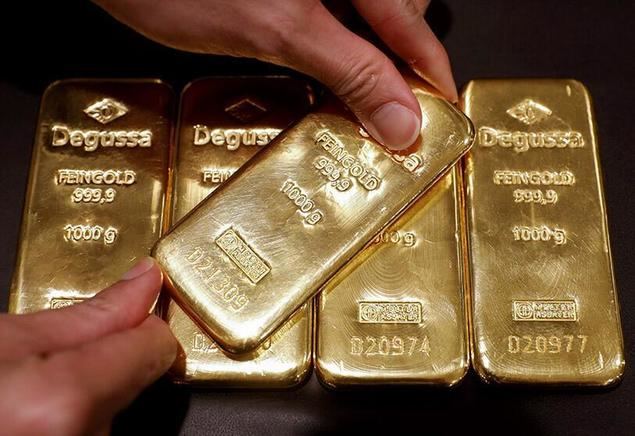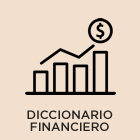What is more, central banks have put a ‘safety net’ under the financial markets. That is, they have signalled to the investor community (on Wall Street) that large scale credit defaults will be prevented, and that overstretched borrowers will be bailed out if needed. This, in turn, has reduced investor risk aversion and, therefore, the demand for insurance against payment defaults – which holding gold and silver shield against.
Of course, Russia’s military invasion into Ukraine has spooked financial markets, particularly in the Western world. However, investors seem to think that the negative fallout of this conflict will largely be borne by Ukraine and Russia. Is this acorrect view? The West has imposed crushing economic and financial sanctions on Russia. In fact, the country has been effectively cut off and isolated from the rest of the world.
While Western politicians are gaining strong support from their constituents for heavily sanctioning Russia, it is an open question how sanctions will affect the conflict and where they will ultimately lead. It does not take much to paint a gloomy picture. A retaliating Russia could easily disrupt Europe’s oil and gas supply, thereby causing a deep recession and skyrocketing inflation – a scenario that would actually put the euro to a real survival test. This brings us to gold.
After remaining relatively subdued in US dollar over the past two years, the price of gold has risen sharply in other currencies. For instance, the euro and Japanese yen gold prices hit new records. In fact, gold has recently appreciated against virtually all currencies lately (see chart). This underscores that the US dollar is still the preferred fiat currency; and that it will take a significant drop in confidence in the Greenback to push the gold price higher in US dollar terms.
So what about confidence in the US dollar? It is fair to say that market agents expect the Federal Reserve to hike interest rates from the exceptionally low levels sooner rather than later and that this would be a good reason to keep the faith in the US dollar. This is where scepticism should kick in because it is rather unlikely that the Fed will push through an interest rate increase sufficient to curb high inflation.
This is because global debt has reached a level where economies simply cannot afford to raise interest rates, let alone real (i.e. inflation-adjusted) interest rates. A rise in the cost of credit and capital could unravel the production and employment structure built up over many years of exceptionally low interest rates and excessive credit and money supply growth. While it is reassuring to think central banks will fight inflation, it is actually a rather unrealistic scenario.
In a never-ending regime of elevated inflation and suppressed interest rates, it is only a matter of time before investors re-discover the appeal of holding gold. Undoubtedly, the price of gold has stayed too low for too long. And while I cannot predict how long the gold price will stay too low, I am pretty sure that it will not stay that way. From this perspective, holding gold at current prices is insurance against the vagaries of fiat money with considerable upside potential.








 Si (
Si ( No(
No(



















